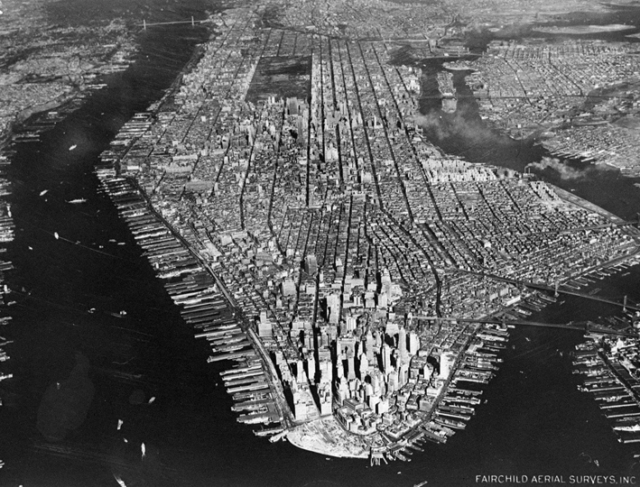The following are posts about zoning and planning history

The Birth and Growth of Modern Zoning (Part I): From Utopia to FARtopia
Jason M. Barr May 11, 2021
Around the world, cities regulate building densities by limiting the floor area ratio (FAR)–the amount of allowable building area per square foot or meter of land. This post is Part I of a series on the birth and growth of this crucial planning tool and its origins from early 20th-century utopians. Read More »
The Birth and Growth of Modern Zoning (Part II): The FARsighted Great Depression
Jason M. Barr August 9, 2021
Around the world, cities regulate building densities by limiting the floor area ratio (FAR)–the amount of allowable building area per square foot or meter of land. This post is Part II of a series on the birth and growth of this crucial planning tool, with a focus on the birth of the FAR in New York City during the Great Depression. Read More »
The Birth and Growth of Modern Zoning (Part III): FAR and Wide
Jason M. Barr November 1, 2021
Around the world, cities regulate building densities by limiting the floor area ratio (FAR)–the amount of allowable building area per square foot or meter of land. This post is Part III of a series on the birth and growth of this crucial planning tool, with a focus on how the FAR spread across American in the 1940s. Read More »
Welcome to the FAR Dome: By How Much is Gotham Allowed to Grow? (Part IV)
Jason M. Barr January 31, 2022
1961 was a pivotal year in New York’s zoning history—it was the year that the city implemented the Floor Area Ratio (FAR) to regulate building density citywide. How have changes in the zoning rules since then impacted New York’s ability to grow its housing stock, and has FAR caps contributed to the city’s housing affordability crises? This blog answers those questions. Read More »
Revisiting 1916 (Part I): The History of New York City’s First Zoning Resolution
Jason M. Barr March 27, 2019
New York City’s giant Art Deco skyscrapers were the result of the 1916 New York City Zoning Resolution, which mandated that buildings be set back from the street as they rose taller, producing the so-called wedding cake style of architecture. This blog post discusses the history and thinking of the zoning reformers, who aimed to rein in the unregulated growth of a crowded metropolis. Read More »
Revisiting 1916 (Part II): The Economics of Population Density
Jason M. Barr April 10, 2019
In 1916, New York City enacted the first comprehensive zoning ordinance in the United States, which established regulations on building height and bulk. One of the aims of the reformers was to de-densify the city. This post reviews the economics of population density and compares it with the thinking of the time. Much has changed in the last century, and we need to reconsider how the 1916 rules laid down the path on which we currently walk. Read More »
Revisiting 1916 (Part III): New York’s First Zoning Resolution and the Roots of NIMBYism
Jason M. Barr April 30, 2019
Why is housing so expensive today? To answer this we need to go back to 1916, when New York City enacted the nation’s first comprehensive zoning ordinance. At the time, planners and city officials were attempting to impose order on a messy, congested city. But, unwittingly, they planted the seeds for today’s NIMBYism and housing affordability problems. Read More »